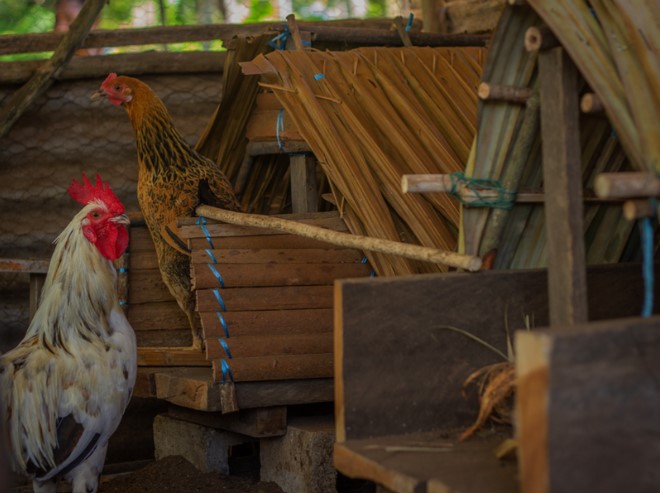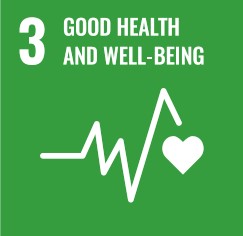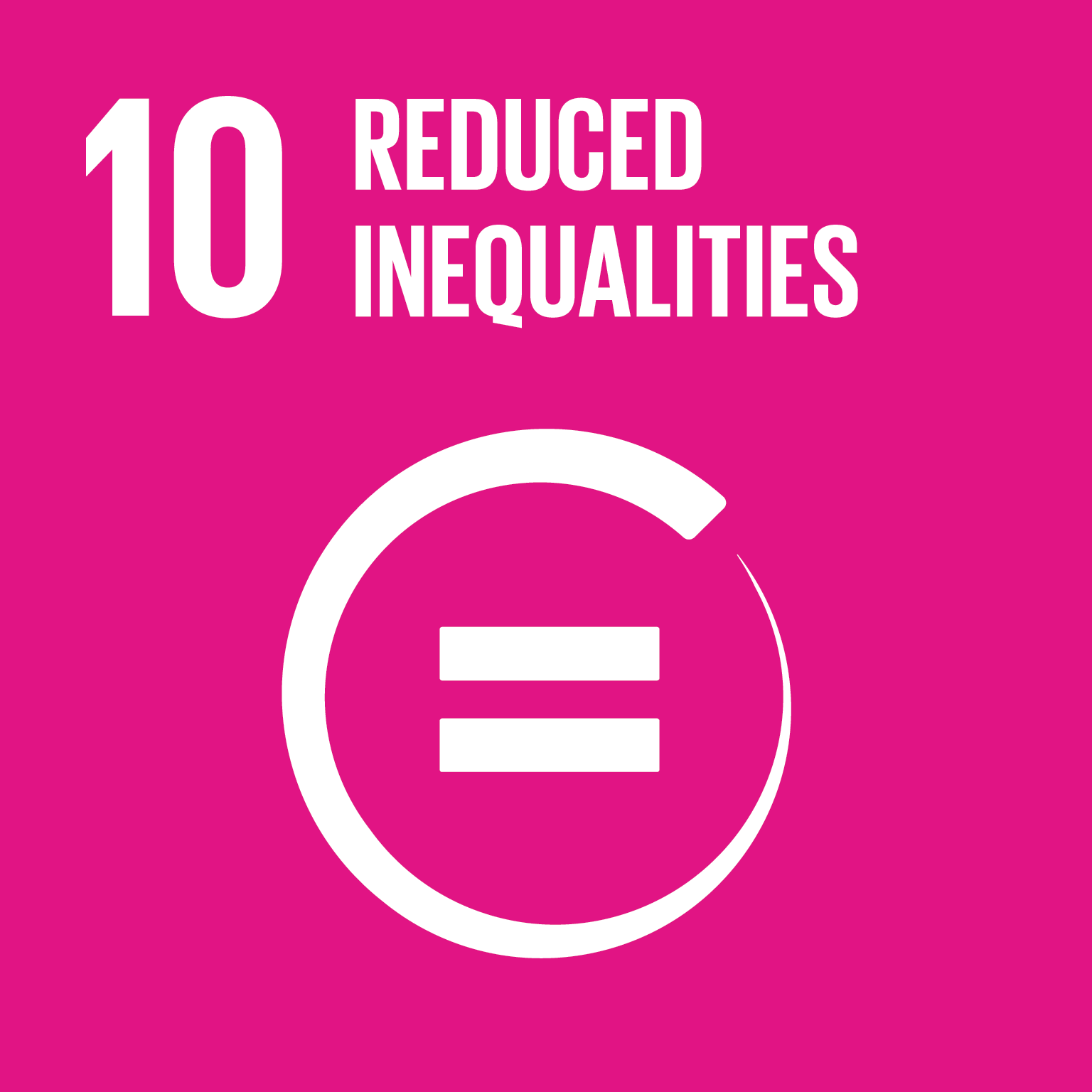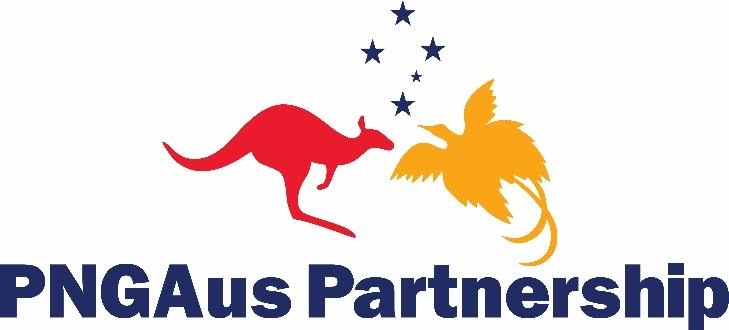Building a gender inclusive village chicken value chain in Papua New Guinea
Our project, ‘Building a gender inclusive village chicken value chain in Papua New Guinea’ supported by the Australian Department of Foreign Affairs and Trade through the Australian NGO Cooperation Program, aims to work with rural communities in Papua New Guinea (PNG) to create a gender-inclusive village chicken value chain. This initiative will help preserve a valuable local livestock resource and expand it into a commercially viable market, improving livelihoods and food security.
The project aims to improve the productivity of village chicken farming through a master farmer (MF) and out grower (OG) business model, showcasing the benefits of village chickens as a nutritious, genetically rich, climate-resilient food and income-generating resource for rural communities in PNG. The project will address key barriers of supply, distribution, and feed costs to meet demand for village chicken meat and eggs.
What are we doing?
More importantly, why?
PNG faces significant challenges, including high childhood stunting rates and threats from climate change and biodiversity loss. Commercial chicken production is costly, but village chickens offer a sustainable alternative. They are climate-adapted, cheaper, easier to maintain, and provide high nutritional value with a low environmental footprint. This project aims to improve food security and livelihoods for rural communities, especially for marginalised farmers.
Expected Outcomes
Will this work contribute to ongoing change?
- Empowered Communities: By establishing more master farmers, especially female master farmers and husband-wife teams, we are building a network of skilled individuals who can continue to support and train others in their communities. This creates a ripple effect, spreading knowledge and skills throughout the region.
- Sustainable Farming Practices: The focus on selective breeding, improved local feeds, and biosecurity ensures that village chicken farming remains productive and resilient to challenges. These practices will help farmers maintain healthy flocks and reduce dependency on expensive commercial feeds.
- Market Access and Economic Growth: By linking farmers to diverse market opportunities, including online sales, we are opening up new revenue streams. This not only boosts household incomes but also stimulates local economies, creating a more robust and resilient market for village chicken products.
- Climate Resilience: Utilizing local crops, foraging, and crop by-products for chicken feed enhances the climate resilience of the value chain. This approach reduces environmental impact and ensures that farming practices are adaptable to changing climate conditions.
- Improved Food Security: Increased consumption of chicken products at the household level means better nutrition for families. This is particularly important in areas facing food insecurity and high childhood stunting rates.
We measure our outcomes against indicators set out for the specific globally recognised sustainable development goals for 2030
Thanks to our donor
We are grateful for the support of the Australian Government’s Department of Foreign Affairs and Trade through the Australian NGO Cooperation Program, which makes this important work possible. Their funding is helping us partner with local communities to create a positive and lasting impact.
If you’d like to support our work, your donation can help us do even more. Every contribution helps us support rural communities to improve their livelihoods.





